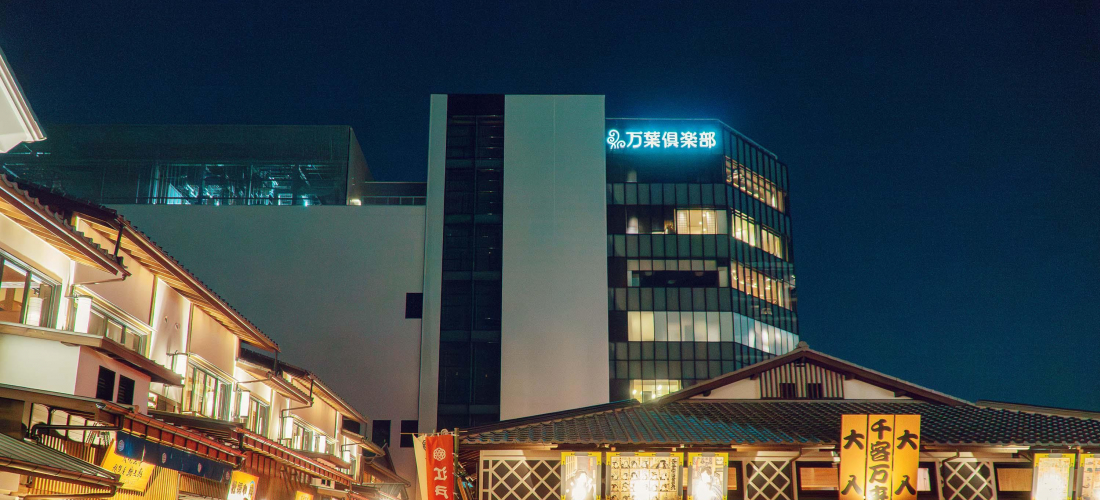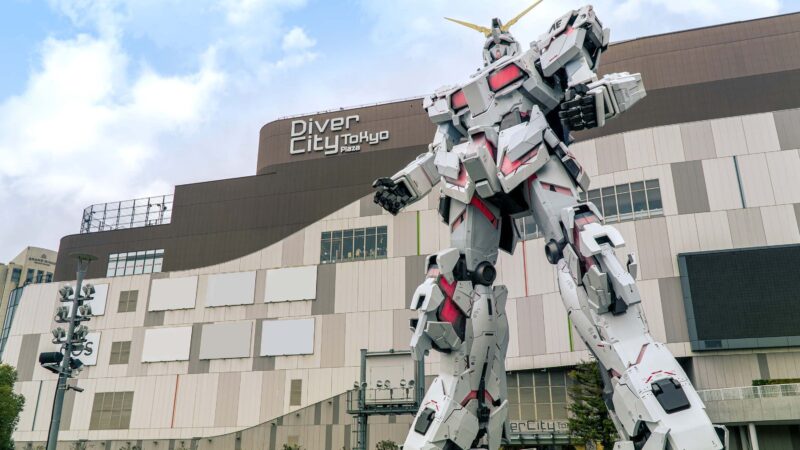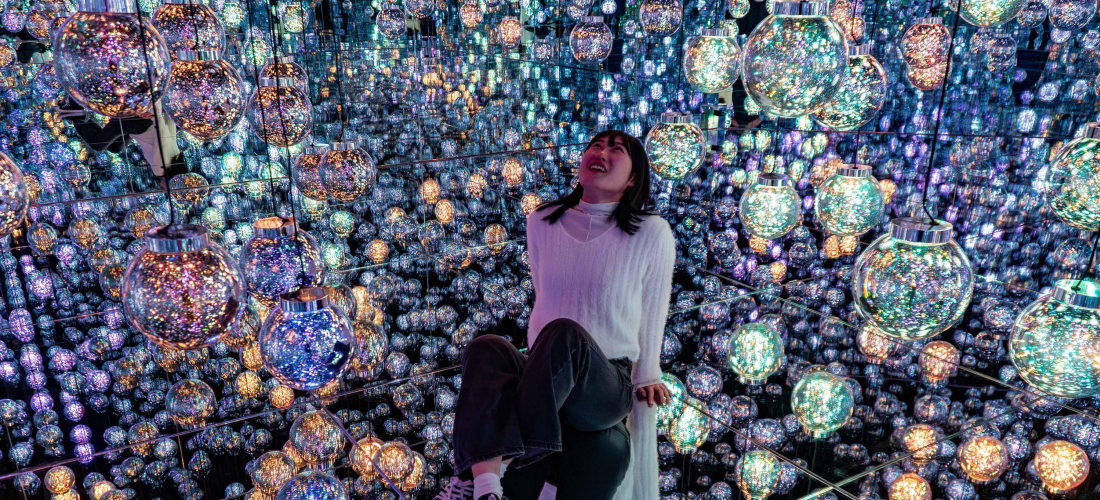CONTENTS
Looking for the newest Tokyo spots in 2024? With Tokyo sightseeing back in full swing, 2024 is bringing a wave of grand reopenings around the city. Stay on top of Tokyo’s hottest new spots with this list of renovated and rebuilt Tokyo destinations, already open!
2024 Reopenings in Tokyo: The City Is Back with a Bang!
Exploring Tokyo in 2024, it's hard to believe that Japan was entirely closed to international tourists just a matter of months ago. The new year has brought a new wave of change, and many of the facilities that closed or downsized during the pandemic are finally getting a chance to renovate, relocate, and reopen bigger and better than ever. These days, it seems like everywhere you look in Tokyo there's a new shopping and entertainment complex, or an old spot that has been entirely reimagined for a new generation of visitors. If you want to see what's changed in Tokyo in 2024, we've got a few 2024 grand reopenings for you to check out.
① TeamLab Borderless ・ Open Feb. 9, 2024
Thanks to the immersive fun and sheer visual appeal of their digital installation art, Japanese artist collective TeamLab has become central to the Japanese travel experience for many sightseers arriving in recent years, which is why the closure of their large-scale TeamLab Borderless facility in Odaiba was cause for concern back in summer 2022. Where were sightseers to go to immerse themselves in the TeamLab experience!? (Well, aside from TeamLab's other large-scale facility in nearby Toyosu, TeamLab Planets.) Fortunately, the artists at TeamLab were quick to inform the public that this was not the end of TeamLab Borderless, and in February 2024 the popular digital art museum opened with plenty of new art and a brand new layout in Azabudai Hills – another new addition to Tokyo. The new TeamLab Borderless offers the same "borderless" sense of scale as the old one in Odaiba (although it's hard to tell how big the underground facility actually is now), with dozens of unique spaces, and at least as many artistic motifs flitting across the walls and moving from room to room. Fans of TeamLab's unique digital art installations will definitely want to check it out.
② Immersive Fort Tokyo (Formerly Venus Fort) ・ Open Mar. 1, 2024
Odaiba has long been a leisure destination in Tokyo, and for a number of years the Palette Town shopping and entertainment complex was a center of activity in the area, thanks to the eye-catching Venus Fort shopping center, TeamLab Borderless, and even a towering Ferris wheel. But in 2022, in the midst of the pandemic, Palette Town decided it was time for a change, and started in on a large-scale rebuild. The results of this major transformation are finally open to the public in the form of Immersive Fort Tokyo. This new entertainment center has taken the skeleton of Venus Fort and turned it into one of Japan's largest indoor theme parks, where every single one of the 12 attractions and 6 shops/restaurants is (as the name implies) interactive. The building boasts hallways that look like streets from a European village, immersive theatrical experiences and attractions, and even spontaneous events that occur throughout the shops and restaurants, with the goal of making each visitor feel like a character in a movie or anime. Themes include horror stories, classic characters of one sort or another (like Sherlock Holmes and Jack the Ripper), tales from historic Japan (like a slightly spicy immersive show set in an Edo-era red light district), and popular animes like Tokyo Revengers and Oshi no Ko. On this scale, there's nothing quite like this immersive theme park anywhere else in Japan, or the world!
③ Toyosu Senkyaku Banrai (Successor to the Tsukiji Outer Market) ・ Open Feb. 1, 2024
Tokyo's famous Tsukiji Market closed its doors in an official capacity back in 2018, and in the years since then the whole facility has been in a sort of ambiguous situation. Which parts of the fish market were closing for good, which were sticking around, and which parts were moving to the official new in Toyosu, near Tokyo Bay? Some bits of the sprawling fish market and the surrounding cluster of restaurants are still a little in limbo, but many things have finally settled in the past six years. Tokyo's huge commercial market has moved and officially become the Toyosu Market, and while a handful of the popular sushi shops and street food stalls that clung on around the Tsukiji Market have stuck around, a new "outer market" restaurant area has also appeared across the street in Toyosu. This new Toyosu facility built to replace the restaurants of Tsukiji is called Senkyaku Banrai, and it has a whole floor of sushi shops, a traditionally built street food area, and another restaurant floor of casual eateries built to cater to locals and sightseers alike. If nothing else, the new Senkyaku Banrai offers fresh ingredients, and a lot of options!
If you've got some extra time, the facility also includes a hot spring spa building, with onsen baths that use real hot spring water trucked in from popular Japanese onsen. Something of a rarity in Tokyo! The free footbath is also open to all visitors, and has a pretty fantastic view of the Toyko Bay area.
See a New Side of Tokyo
If New York is the city that never sleeps, Tokyo might be the city that never takes a break, and things always seem to be ramping up to a new level. New spots and transformations are popping up all around the city, which means there's always something new to see, or somewhere old to check back in on. In just the first few months of 2024, we've found three major reopenings worth checking out, from restaurant complexes to immersive art and entertainment. If you're looking to check out the newest spots in Tokyo, it looks like 2024 is shaping up to be a promising year with a lot to offer!
For more info and updates from Japan, check Japankuru for new articles, and don't forget to follow us on X (Twitter), Instagram, and Facebook!
COMMENT
FEATURED MEDIA
VIEW MOREMAP OF JAPAN
SEARCH BY REGION

LATEST
VIEW MOREEVENT CALENDAR
VIEW MOREMOST POPULAR
 Tokyo Winter Recommendation: Don’t Miss Tokyo Mega Illumination, Japan’s #1 Light Show
Tokyo Winter Recommendation: Don’t Miss Tokyo Mega Illumination, Japan’s #1 Light Show ป้ายยาสินค้าน่าซื้อในร้านขายยาญี่ปุ่น | KOWA ผลิตภัณฑ์เพื่อสุขภาพสำหรับคนยุคใหม่
ป้ายยาสินค้าน่าซื้อในร้านขายยาญี่ปุ่น | KOWA ผลิตภัณฑ์เพื่อสุขภาพสำหรับคนยุคใหม่ Okinawa Family Road Trip: Japanese Glasses Shopping at San-A Urasoe West Coast PARCO CITY, Discount Coupons, & Okinawa Sightseeing with JINS
Okinawa Family Road Trip: Japanese Glasses Shopping at San-A Urasoe West Coast PARCO CITY, Discount Coupons, & Okinawa Sightseeing with JINS

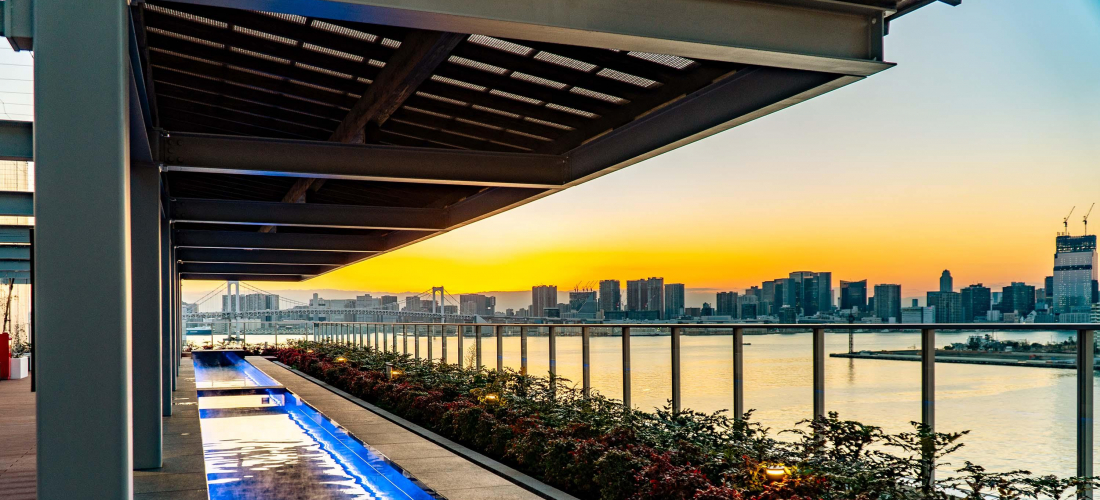

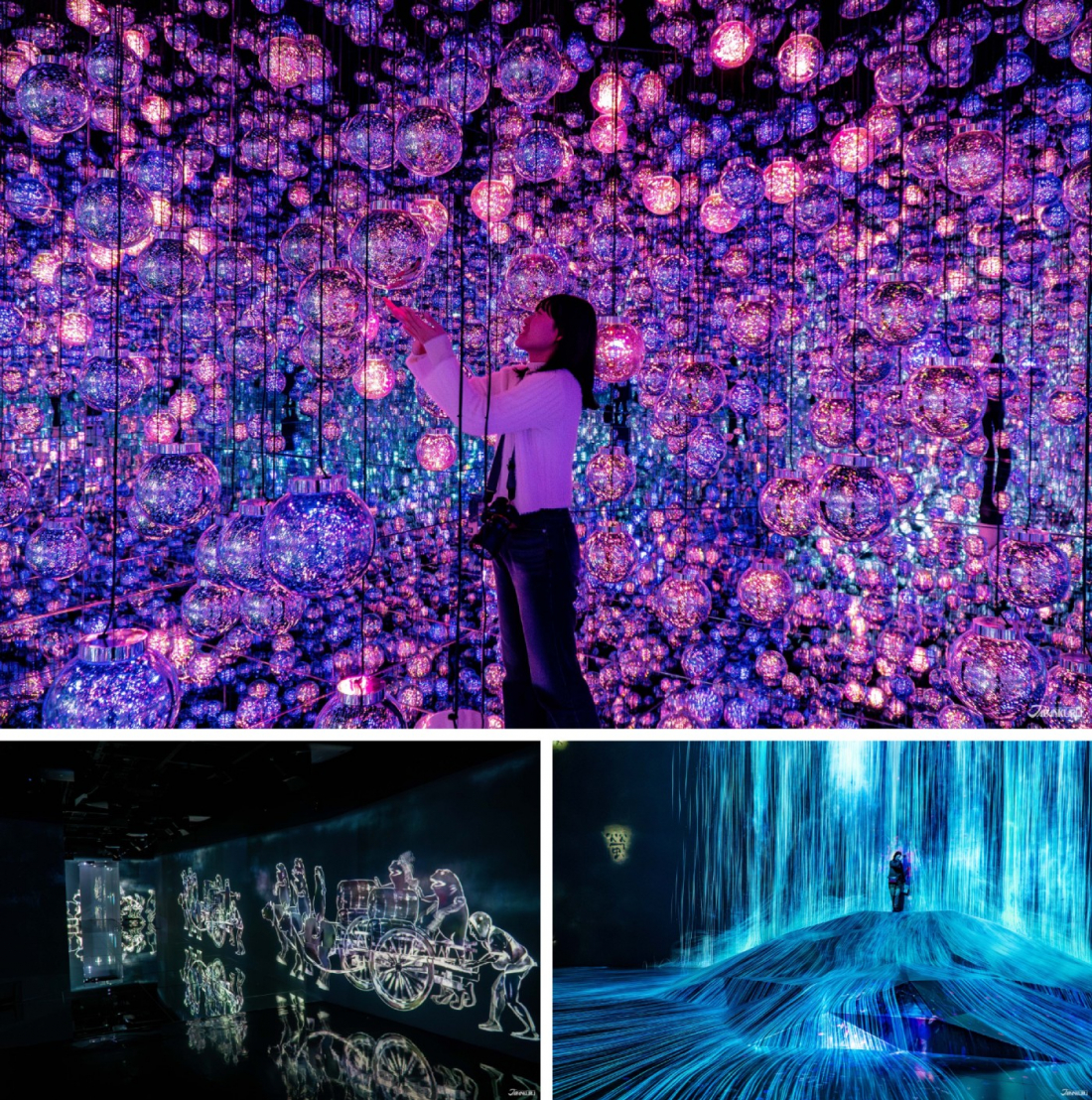







 >> Find out more at Japankuru.com! (link in bio)
#
>> Find out more at Japankuru.com! (link in bio)
#





 The Robot Restaurant is gone, but the Samurai Restaurant is here to take its place. Check it out, and don't forget your coupon!
The Robot Restaurant is gone, but the Samurai Restaurant is here to take its place. Check it out, and don't forget your coupon!
 신주쿠의 명소 로봇 레스토랑이 사무라이 레스토랑으로 부활! 절찬 쿠폰 발급중
신주쿠의 명소 로봇 레스토랑이 사무라이 레스토랑으로 부활! 절찬 쿠폰 발급중
 18歲以上才能入場的歌舞秀,和你想的不一樣!拿好優惠券去看看~
#tokyo #shinjuku #samurairestaurant #robotrestaurant #tokyotrip #도쿄여행 #신주쿠 #사무라이레스토랑 #이색체험 #할인이벤트 #歌舞伎町 #東京景點 #武士餐廳 #日本表演 #日本文化體驗 #japankuru #japantrip #japantravel #japanlovers #japan_of_insta
18歲以上才能入場的歌舞秀,和你想的不一樣!拿好優惠券去看看~
#tokyo #shinjuku #samurairestaurant #robotrestaurant #tokyotrip #도쿄여행 #신주쿠 #사무라이레스토랑 #이색체험 #할인이벤트 #歌舞伎町 #東京景點 #武士餐廳 #日本表演 #日本文化體驗 #japankuru #japantrip #japantravel #japanlovers #japan_of_insta
 코지마 x 빅 카메라 쿠폰으로 일본 가전 제품 쇼핑하기
#pr #japankuru #japanshopping #kojima #biccamera #japaneseskincare #yaman #dji #osmopocket3 #skincaredevice #日本購物 #美容儀 #相機 #雅萌 #日本家電 #일본여행 #면세 #여행꿀팁 #일본쇼핑리스트 #쿠폰 #일본쇼핑 #일본브랜드 #할인 #코지마 #빅카메라 #japankurucoupon
코지마 x 빅 카메라 쿠폰으로 일본 가전 제품 쇼핑하기
#pr #japankuru #japanshopping #kojima #biccamera #japaneseskincare #yaman #dji #osmopocket3 #skincaredevice #日本購物 #美容儀 #相機 #雅萌 #日本家電 #일본여행 #면세 #여행꿀팁 #일본쇼핑리스트 #쿠폰 #일본쇼핑 #일본브랜드 #할인 #코지마 #빅카메라 #japankurucoupon





























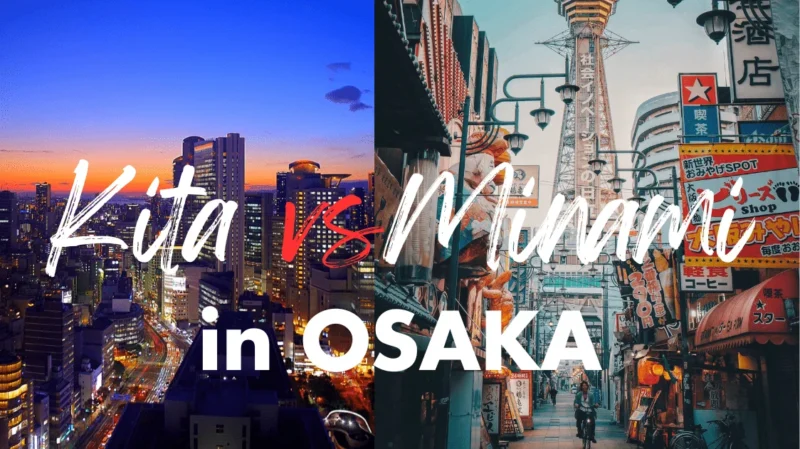



 Oita Hello Kitty Airport
Oita Hello Kitty Airport  Lands April 13th
Lands April 13th








